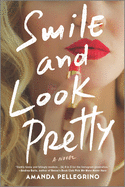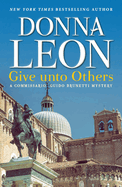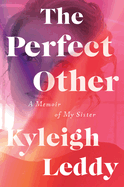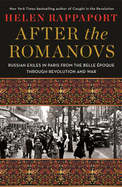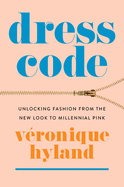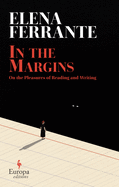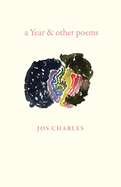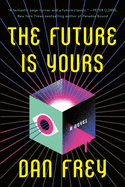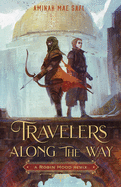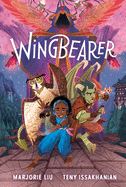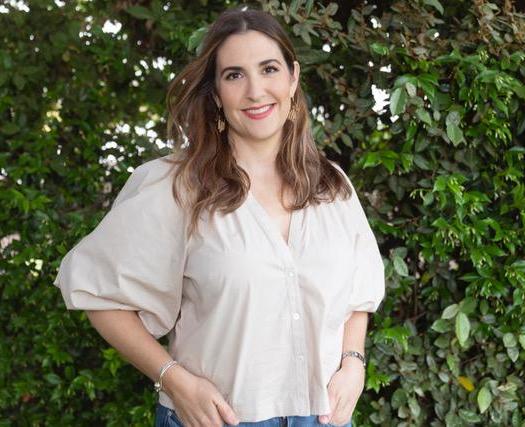 |
| (photo: Diana Ragland) |
Kate Spencer is the co-host of the award-winning podcast Forever35 and author of the memoir The Dead Moms Club. She worked previously as a senior editor and producer at VH1 and now writes a bimonthly column for InStyle and has contributed to a range of outlets including the Washington Post, Rolling Stone, Esquire and Cosmopolitan. Her first novel, In a New York Minute, is available now from Forever.
Franny and Hayes meet in an uncomfortable situation and, after an onlooker posts about it, the Internet brands them the "Subway QTs." You must have been inspired by some of these real-life situations, but how did you decide on the path your characters would take?
I was very inspired by the "Plane Baes" viral story from a few years ago, and just the shareable content culture of social media in general. I knew I wanted these two characters to eventually fall in love, because this is a romance. But I also wanted it to feel realistically awkward, uncomfortable, irritating and invasive, as I imagine these situations must be. Ultimately with that "Plane Baes" story--a couple switched seats with two people on a plane and then essentially documented what they believed was a love connection happening between them in real time--the "romance" that went viral didn't even exist. And so I wanted to make sure to honor what it would be like realistically to be in that situation, and then of course add a Happily Ever After onto it.
Your first book, The Dead Moms Club, is a memoir about grief and loss. What was it like to write a romantic comedy this time around?
Reading really saved me in the immediate aftermath of my mom's death, specifically romance books. I don't think I can ever fully express the gratitude I have to the writers whose work I read during that time (some was published, some was fan fiction, all of it was a comfort). Romantic comedy has truly been my pop culture salvation since the beginning of my time here on Earth, and I have many discarded drafts on my hard drive of various romantic comedies I've tried to write. Despite the struggles that come with any challenging creative process, it was such a joy to create and shape this world and play around with the idea of romantic love, self-love and friendship. It was definitely way more enjoyable to write about two people running through a summer rainstorm in Brooklyn than watching my mom's health deteriorate due to pancreatic cancer. There was a lot less crying while writing this book!
Hayes co-founded a company in the field of environmental finance, a type of investing focused on ethical and sustainable projects. How did you settle on this career for him?
When I first started imagining Hayes, he was this kind of stereotypical finance bro. But early on in my first draft I changed the company to have a more compassionate focus as a way to show he, too, was a compassionate person, even if it wasn't always evident in his demeanor. And then it just became way more fun to write about this made-up company whose mission I really believe in! There's been a real push to thoughtfully consider where our money goes as consumers, and it turns out that the same philosophy applies to investing. Hayes has an analytic mind and a heart of gold, and so socially responsible investing just seemed like the perfect career fit for him.
In a New York Minute is something of a love letter to New York City. Out of all the places you could choose, what makes New York the perfect setting for this rom-com?
New York is magic. I've never experienced another place like it (apologies to other places). I lived there for 10 years and I still miss it daily. It's obviously a beautiful city just aesthetically speaking, and there's so much going on at all hours of the day and night that you really can set your characters up to be doing anything, anywhere, at any time. I also think New York is truly a place where communities--both people and places--become like family; whether that's your neighborhood bodega, your building super, work colleagues, the people you volunteer with, or that certain spot in the park you always frequent. And ultimately I think--and hope--that's at the core of In a New York Minute.
Forever35, the podcast you co-host with Doree Shafrir, has really taken off since you launched in 2018. It's described as "a podcast about the things we do to take care of ourselves." What does that mean to you and how does it inform your writing process?
This is such an interesting question, because my thinking on self-care has evolved and expanded thanks to doing a podcast where we get to discuss it every week. For me, it is as simple as the small things we do for respite or joy--one example in my own life is setting my coffee pot to make coffee at 6 a.m., so I wake up to the smell of fresh coffee brewing. But it's also the less "fun" stuff--caring for your mental health, your finances, scheduling your doctor's appointments. Getting to examine these things regularly has really made me much more aware of the privilege--and specifically my own privilege--that self-care entails. I've tried to do a lot of learning on community care, both in understanding how larger systems of oppression influence access to basic human needs, let alone self-care, as well as doing work in my own community to change that.
As for my writing process, my co-host is also a writer, so there is a lot of empathy and support in our partnership. We've each sent those "I'm on a book deadline can you please handle this!" e-mails more than once. But truthfully, I don't inject a lot of self-care into my writing habits. I try to set boundaries when I'm working (turning off e-mail and not checking social media, for example) but often my writing process is a hot mess.
What are you currently working on? And romance readers will be dying to know--will Franny's best friends Cleo and Lola get their own books?
I am drafting what I hope will be my next book, but it's in that very messy stage where it's still developing and growing into itself. Book puberty, is maybe what we can call it. And I would love to dig deeper into Cleo and Lola's lives, that would be a dream. I'll do what Cleo would tell me to do and put it on my vision board! --Suzanne Krohn
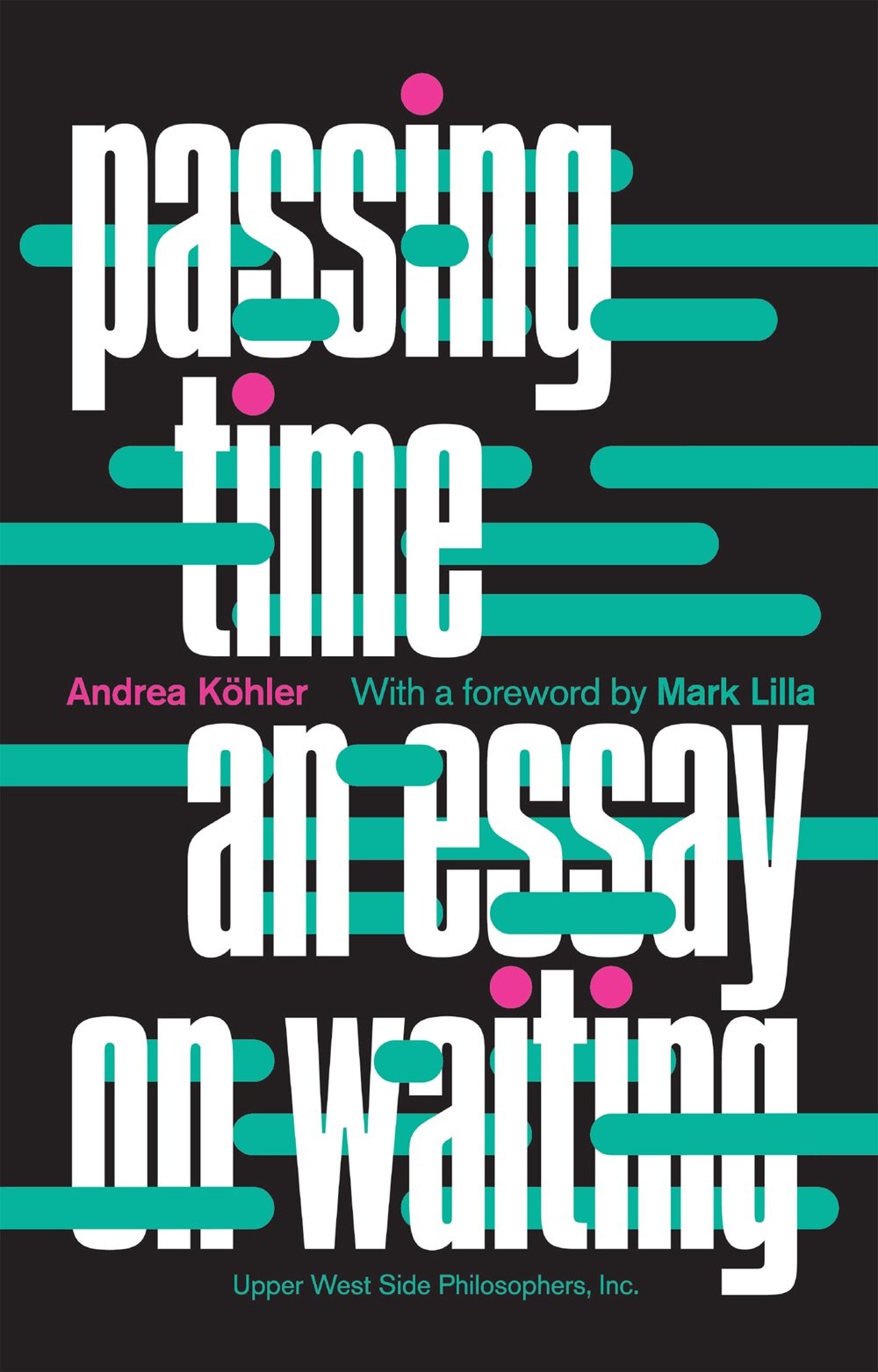 Seinfeld finds potential in these interstitial moments, as does essayist Andrea Köhler in her short, ruminative Passing Time (Upper West Side Philosophers, $18.95): "Waiting is an imposition. Yet only waiting in its manifold guises... affords us an embodied sense of time and its promises." Possibility can blossom in spite of itself before one moment becomes the next, but the longer a moment lasts and the more I am asked to be patient, the more it begins to feel like tension is all there is left.
Seinfeld finds potential in these interstitial moments, as does essayist Andrea Köhler in her short, ruminative Passing Time (Upper West Side Philosophers, $18.95): "Waiting is an imposition. Yet only waiting in its manifold guises... affords us an embodied sense of time and its promises." Possibility can blossom in spite of itself before one moment becomes the next, but the longer a moment lasts and the more I am asked to be patient, the more it begins to feel like tension is all there is left.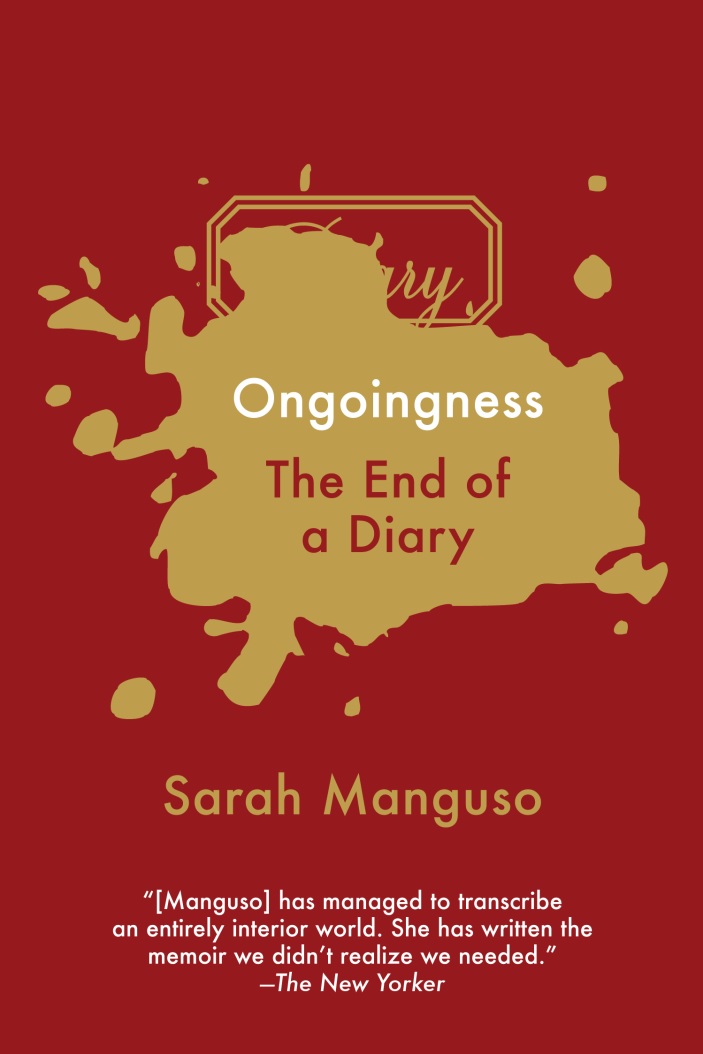 Recently I was at a concert, and between band sets, the friend I was with asked me, "Do you ever think about time?" I replied: "Constantly." It's so fundamental to our existence that we consider it the fourth dimension and, yet, we do not cope with it well. We hate when things change. We hate when things stay the same. We hate getting old. In her short, perceptive book Ongoingness (Graywolf, $15), Sarah Manguso wrestles with how easily an obsession with time becomes an obstruction--living in the past, preoccupied with the future: "I wanted to know how to inhabit time in a way that wasn't a character flaw."
Recently I was at a concert, and between band sets, the friend I was with asked me, "Do you ever think about time?" I replied: "Constantly." It's so fundamental to our existence that we consider it the fourth dimension and, yet, we do not cope with it well. We hate when things change. We hate when things stay the same. We hate getting old. In her short, perceptive book Ongoingness (Graywolf, $15), Sarah Manguso wrestles with how easily an obsession with time becomes an obstruction--living in the past, preoccupied with the future: "I wanted to know how to inhabit time in a way that wasn't a character flaw."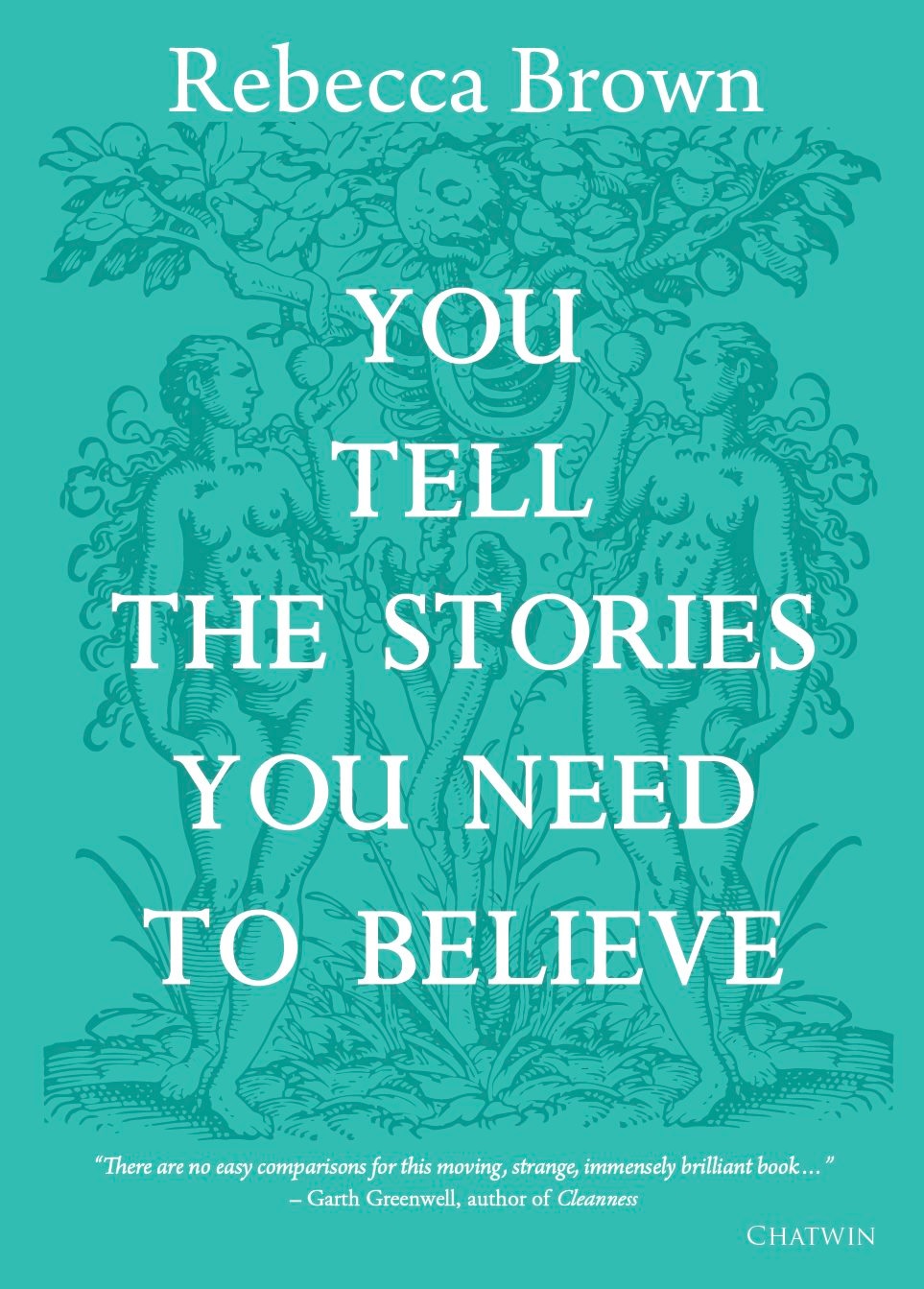 Köhler and Manguso have valuable insights about inhabiting the present, yet I also greatly anticipate the arrival of Rebecca Brown's contemplative You Tell the Stories You Need to Believe (Chatwin, $15). It's a concise meditation on seasons and cycles, and it dares us to "remember the seasons change." Nothing turns into something, and tension resolves into laughter. I suggest preordering Brown's book and shelving it right alongside these others. --Dave Wheeler, associate editor, Shelf Awareness
Köhler and Manguso have valuable insights about inhabiting the present, yet I also greatly anticipate the arrival of Rebecca Brown's contemplative You Tell the Stories You Need to Believe (Chatwin, $15). It's a concise meditation on seasons and cycles, and it dares us to "remember the seasons change." Nothing turns into something, and tension resolves into laughter. I suggest preordering Brown's book and shelving it right alongside these others. --Dave Wheeler, associate editor, Shelf Awareness


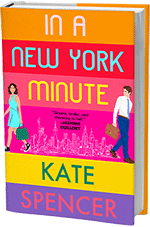


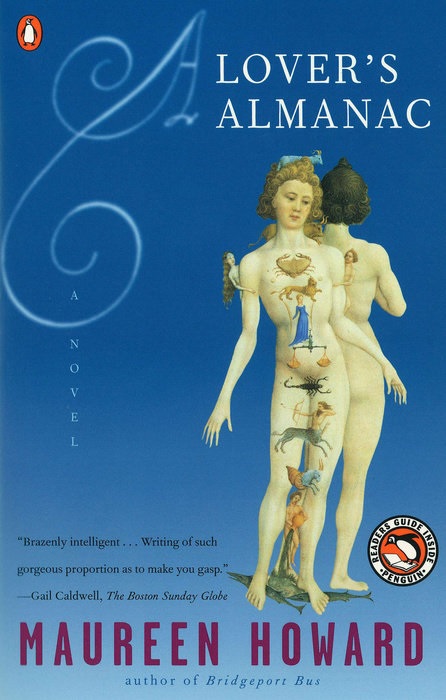 Maureen Howard, an author of adventurous fiction and a prizewinning memoir, died March 13 at age 91. She wrote 10 novels, three of which--Grace Abounding, Expensive Habits and Natural History--were finalists for the PEN/Faulkner Award. Her 1978 memoir, Facts of Life, was a National Book Critics Circle Award winner. She also edited The Penguin Book of Contemporary American Essays (1984). Her first novel, Not a Word About Nightingales, was published in 1962. A second novel, Bridgeport Bus (1965), told the story of a beguiling Irish-American woman who leaves the emptiness of small town life in Bridgeport, Conn., for the maelstrom of Manhattan.
Maureen Howard, an author of adventurous fiction and a prizewinning memoir, died March 13 at age 91. She wrote 10 novels, three of which--Grace Abounding, Expensive Habits and Natural History--were finalists for the PEN/Faulkner Award. Her 1978 memoir, Facts of Life, was a National Book Critics Circle Award winner. She also edited The Penguin Book of Contemporary American Essays (1984). Her first novel, Not a Word About Nightingales, was published in 1962. A second novel, Bridgeport Bus (1965), told the story of a beguiling Irish-American woman who leaves the emptiness of small town life in Bridgeport, Conn., for the maelstrom of Manhattan.